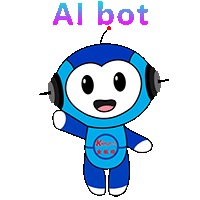Service hotline
+86 0755-83975897
 en
en Release date:2025-02-22Author source:KinghelmViews:1350
The word "intelligent manufacturing (smart manufacturing)" was probably born later than most people think. According to the records, intelligent manufacturing first appeared in a 2006 National Science Foundation (National Science Foundation) speech on computer infrastructure.
The concept of a "smart factory" that emerged at the same time has become popular in Europe, especially in Germany. Existing existing records and experts generally believe that the concept of intelligent manufacturing / factory similar to the United States in Europe was developed almost simultaneously and relatively independently.
However, in 2013, Germany proposed the concept of "Industry 4.0 (Industry 4.0)". This was a new word coming out of the German government when a team of scientists was developing a high-tech strategy. Industry 4.0 was driven by the American Foreign Affairs (Foreign Affairs) magazine, which published an article by Klaus Schwab (The Fourth Industrial Revolution), executive Chairman of the WEF (WEF).
In January 2016, the theme of the WEF's annual meeting was immediately called "Master the Fourth Industrial Revolution". In October of that year, WEF announced the opening of the Center of the Fourth Industrial Revolution in San Francisco. Therefore, Wikipedia has equated "the fourth Industrial Revolution" with "Industry 4.0". Most readers familiar with history should generally know that the first three industrial revolutions were the Steam Revolution, the Power Revolution and the Information Technology Revolution —— In this context, Industry 4.0 seems to be wider than the industrial automation range we now say.
At that time, Schwab expected the development of the Industry 4.0 era to be marked by the explosion of technologies in different fields, including CPS (driver-physical systems, information physics systems), robotics, AI, nanotechnology, quantum computing, biotechnology, IoT, IIoT, wireless technology, 3D printing, fully autonomous vehicles, etc....
Some articles of enterprise data and analysis institutions believe that industry 4.0 or the fourth industrial Revolution refers to a greater scope than intelligent manufacturing. Or intelligent manufacturing refers to the use of Industry 4.0 technology in the manufacturing field. In fact, the earliest industry 4.0 refers to the automation trend of manufacturing technology and processes. Wikipedia's "smart manufacturing" entry even directly includes "Industry 4.0."
However, when we look closely at the early planning and roadmap of intelligent manufacturing and Industry 4.0, we will find that the two companies do have different priorities in development. The earliest intelligent manufacturing was focused on manufacturing driven by high information and data connectivity, while Industry 4.0 was largely focused on CPS systems.
With the generalization and generalization of the words of intelligent manufacturing and industry 4.0, when discussing these two concepts now, it can be considered that they can be equated at the same level. ——. In particular, the advancement of technology makes these two concepts converge. All the hot words and other concepts related to industry and manufacturing are all emerging around intelligent manufacturing and Industry 4.0.
Perhaps unlike most people think, the vast majority of them existed or were proposed before the advent of intelligent manufacturing, and existed for a significantly longer time. For example, the concept of edge computing first emerged in the 1990s when —— CDN (content distribution network) was almost the prototype of edge computing; CDN expanded to other applications in the early part of the century, achieving the earliest edge computing service.
The digital twin (digital twin) and the meta-universe (metaverse) first appeared in the science fiction novel Avalanche (Snow Crash), and the words used to represent the subsequent resurgence of virtual reality space —— are difficult to trace. So it's not hard to understand why IIoT, big data, and digital twins, when smart manufacturing and Industry 4.0 were just born. Therefore, it is difficult to say that the field of intelligent manufacturing in these years to constantly hype new concepts.
In our view, the ultimate goal of all of these concepts is the intelligence and automation of manufacturing. That is, the unmanned chemical factory —— presented in science fiction movies even if the final specific form may not be the case. In the process of realizing intelligence and automation, since it is with the help of electronic technology to achieve, the first thing to do must be digital. Of course, this is also involved in digital-related trends such as networking.
In specific technologies, observing Google search term trends shows that IIoT is relatively average over the past five years (Figure 3) —— We can consider it as a down-to-earth technology in the direction of intelligent manufacturing. In fact, IIoT covers all four sectors of semiconductor sensing, connection, control / processing, and power supply. In addition to power, several other elements are designed to do digital in the manufacturing field.
These elements are also the core market participants in the field of intelligent manufacturing, such as Renesas and Anson Beauty, who are trying to build the full link.
I try to use Google search engine, for the intelligent manufacturing related specific technology, view the search term trend, in addition to "AI" such separate hot word, in nearly a year of search heat far beyond other keywords, with the word IIoT reference coordinates, intelligent manufacturing field is currently prominent search hot word is digital twin and edge AI.
Whether it is coincidence or inevitable: pay close attention to the definition and roadmap of intelligent manufacturing and Industry 4.0, you will find that edge AI and digital twin exactly correspond to intelligent manufacturing and Industry 4.0. As mentioned above, intelligent manufacturing earlier emphasized about information and data high connectivity drive —— edge AI is the full application of data computing and connectivity; and Industry 4.0 has been talking about CPS, namely the virtualization of the real world, just like the digital twin route.
However, at the end of the day, edge AI and digital twin are the middle and advanced digital stages of continuous technological progress. Just like the early stages of digitization are still talking about sensing technology, namely how to turn natural and analog information into digital information, namely, the control and processing of digital information. Only when digitization develops to the advanced stage, can we talk about artificial intelligence based on massive data.
Digital twin is the next advanced stage of digitization, which not only requires the higher degree and even comprehensive digitalization of factory and manufacturing data, but also requires the cooperation of AI technology. It can be seen that the development of intelligent manufacturing hot words is based on: when the digital development to a new height, intelligent manufacturing will have new specific technologies and hot words.
MathWorks As an industrial software enterprise, this company has a better say in manufacturing digitization. In fact, the emergence of new MathWorks products or features can also reveal a trend.
At last year's SIGGRAPH summit, Nvidia CEO John Huang mentioned that industrial digitization was a big cake of a potential $50 trillion in output. Perhaps in the era of intelligent manufacturing and even Industry 4.0, no one thought that Nvidia would be associated with industrial manufacturing, because Nvidia used to make a game graphics card.
At that time, Huang made a demonstration at the meeting, where he sent a PDF document —— 2D CAD plan —— of the plant to the generative AI model, requiring it to generate the 3D digital twin of the plant based on the PDF document. The final 3D model is not only based on the plane plan, but also adds light, texture and other effects. Ideally, such factory digital twins can even be used for robot training and simulation if they achieve physical level accuracy.
Of course, there may be many challenges to really doing that and putting it into production. However, it not only shows the work of graphics card rendering 3D factory, but also reflects the role of generative AI in the process, and even the assistance of digital twin and AI for robot technology. In my opinion, after the expansion of the industrial digital twin scale, it is undoubtedly the industrial digital meta-universe.
It is worth mentioning that BMW uses Nvidia Isaac to do AI training on robots, which is equivalent to training these robots in a virtual environment, ——. This is also a certain application of the industrial meta-universe. Whether it is the navigation and delivery of AGV forklift truck in the factory, or the operation of the mechanical arm on the production line, from the robot AI training in the virtual world, to the deployment of robot intelligence, Nvidia has repeatedly emphasized its own end-to-end solutions in the past two years. This is almost already considered by industry as the future of industrial manufacturing.
For the future of intelligent manufacturing, Hector also mentioned that "the core is highly automated production process, through the introduction of advanced robot / AGV technology, can achieve the operation of the production line automation."It can be seen that industrial digital twin, AI and robotics under the highly digital background must be the future of intelligent manufacturing.
Finally, it's worth mentioning that at this year's GTC developer conference, Nvidia released the Project GROOT humanoid robot project ——, and of course is mainly the basic model of humanoid robots. According to Nvidia, this is based on generative AI to "generate the next action of the robot."In an interview with analysts, Huang said that if everything can be digitized, then everything can be token (tokenized) ——. In other words, everything can be generated.
When information such as text, images and videos can be generated when digitized, data of genes, brain waves, robots and other types of data can also be generated when digitized. Although AI has penetrated into the field of industrial manufacturing, the attack of generative AI is almost inevitable.
Hector On the premise of affirming generative AI, Anson provides power and power related products for large-scale data processing and high-power data centers of generative AI and industrial digital twin, aiming to "promote the development of generative AI". Shen Qing said, " Theoretically speaking, generative AI can play an important role in multiple aspects of intelligent manufacturing, including R & D and design planning, production process control, operation and management optimization, and product and service optimization."But" right now, generative AI is still in the exploratory stage."
The development stage of intelligent AI manufacturing may be more elementary than digital twin. But the advent of generative AI for the potential value of $50 trillion dollars for industrial digitization will undoubtedly become the backbone in the future.
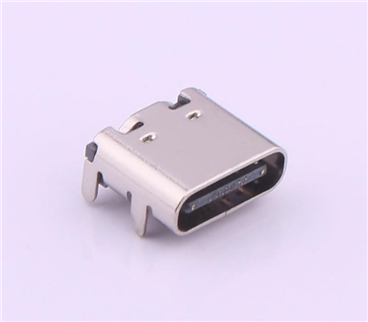
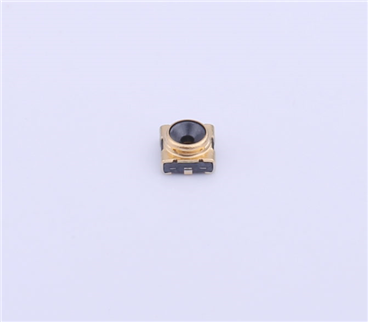
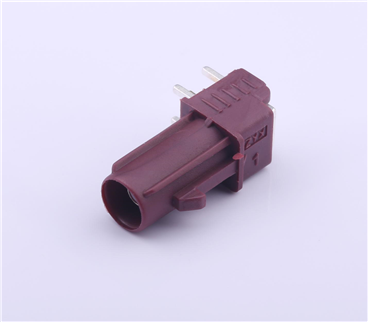
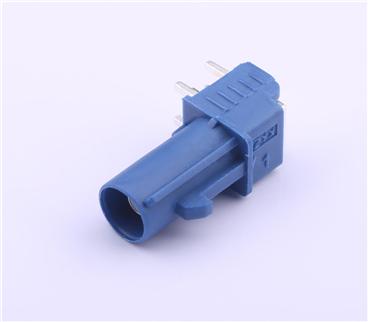
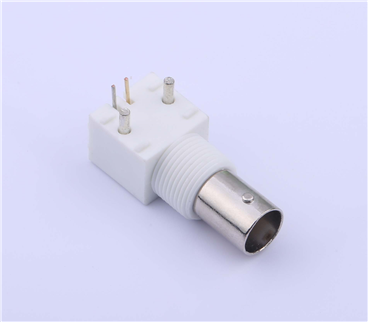
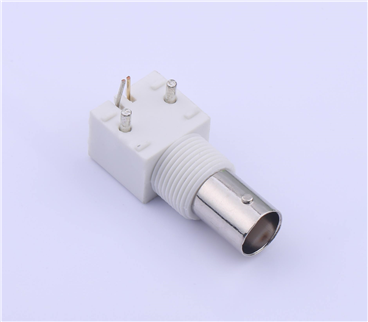
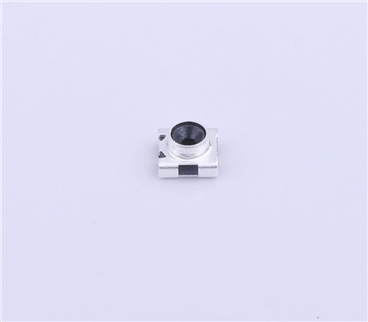
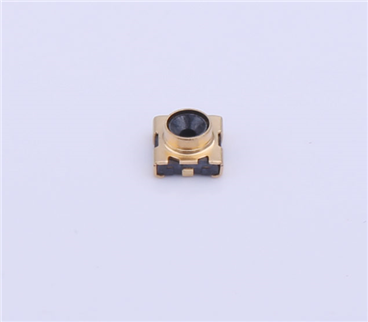
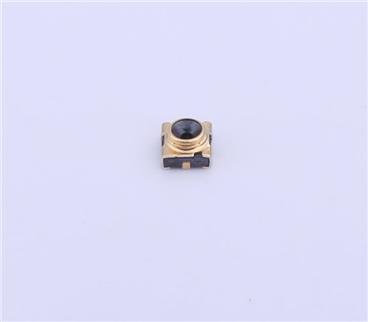
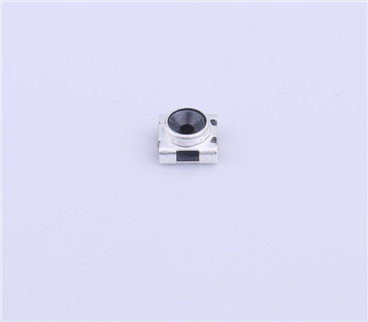
Copyright © Shenzhen Kinghelm Electronics Co., Ltd. all rights reservedYue ICP Bei No. 17113853
